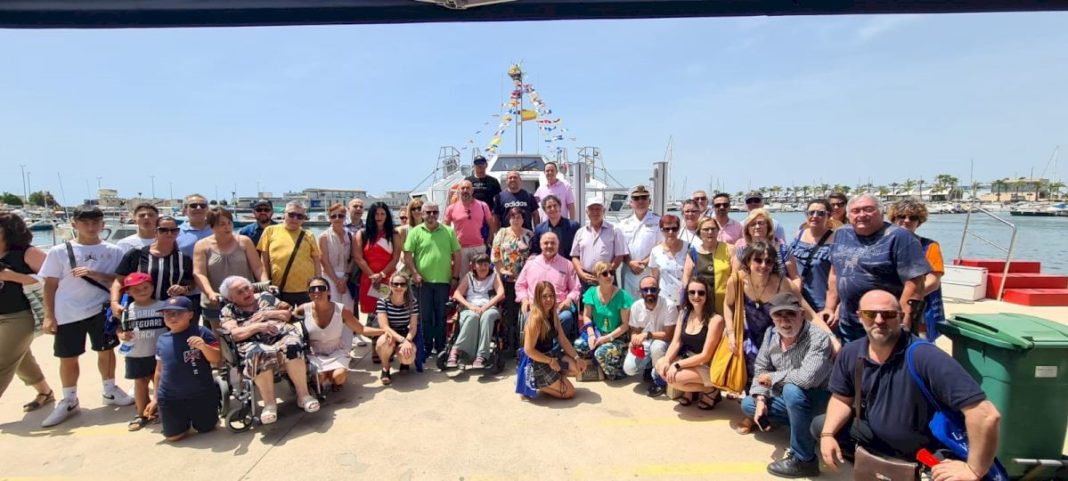The regional secretary of Tourism, Francesc Colomer, together with the president of the Confederation of People with Physical and Organic Disabilities of the Valencian Community (Cocemfe CV), Juan Mondéjar, have presented three new routes from the guide of inclusive tourist routes ‘La Comunitat Valenciana, también para ti’, specifically adapted so that those with mobility issues can enjoy the experiences.
Francesc Colomer highlighted “the strong alliance we have with Cocemfe” and the importance of “promoting hospitality, because we can be very diverse but we must treat each other as equals”. In this sense, he advocated promoting inclusive tourism and stressed that “we must not deprive anyone of the magnificent experience of enjoying tourism”.
In addition, Colomer has highlighted that with these three new routes “we already have 15 inclusive routes of a diverse nature that run through the entire Valencian Community”. “Filling life with tourist experiences for everyone is a moral duty”, and he stressed that our great challenge is to promote “Tourism for all, where everyone fits”.
This action is part of the collaboration agreement between Turisme Comunitat Valenciana and Cocemfe CV, to which the Generalitat allocates 80,000 euro to promote accessible tourism, based on the adaptation of the destination’s tourist offer to the needs of people with disabilities.
The new routes are entitled ‘Castellón by bike’, ‘Archeology within your reach’ and ‘Tabarca: natural fortress’, and include destinations such as Oropesa del Mar, Benicàssim, Castelló de la Plana, València, Sagunto, Santa Pola and Tabarca. One of the great novelties of these routes is an adapted catamaran, which, for the first time, makes the route between Santa Pola and Tabarca.
During the visit to Santa Pola, Francesc Colomer has also presented the Councillor for Tourism, Julio Miguel Baeza, with the badge that accredits the destination as a Tourist Municipality of the Valencian Community.
The head of Turisme congratulated Santa Pola and its tourist fabric for this recognition, in accordance with the new Law on Leisure, Tourism and Hospitality and with the Tourist Municipality Statute. Colomer thanked the work of Santa Pola for complying with the values required by the new regulations, as well as for its “collective attitude of being a model tourist destination”, he added.
Likewise, Colomer has highlighted the will of the town to “always be a proactive destination”, while defending its tourism model, which he encourages to “permanently transform so that the traveller’s experience is always as rewarding as possible”, he concluded.
For his part, Julio Miguel Baeza pointed out that “Santa Pola has always been one of the pioneering municipalities in tourism, betting on cultural, sports and gastronomic tourism.”
Baeza has declared that “this award, which recognises Santa Pola as a relevant destination, is one more step”, and has advanced that the City Council will continue working so that Santa Pola is a tourist municipality par excellence, “we want to be a benchmark and be at the forefront of Mediterranean cities”, he added.
With the incorporation of Santa Pola, there are now 14 tourist towns in the Valencian Community that have this distinction. Specifically, the declared tourist municipalities in the province of Castellón are Benicàssim, Peñíscola, Alcalà de Xivert and Oropesa del Mar; in the province of Valencia, the city of Valencia, Gandia and Cullera have the distinction; and in the province of Alicante, Benidorm, El Campello, Calp, Dénia, Finestrat, El Castell de Guadalest and Santa Pola.
These are municipalities that promote quality in the provision of municipal services to the entire tourist population, thus contributing to sustainable and inclusive tourism, based on the principle of hospitality and the commitments derived from the Valencian Tourism Code of Ethics.





